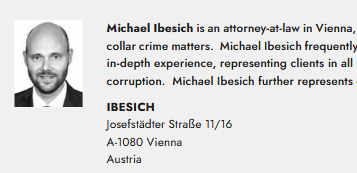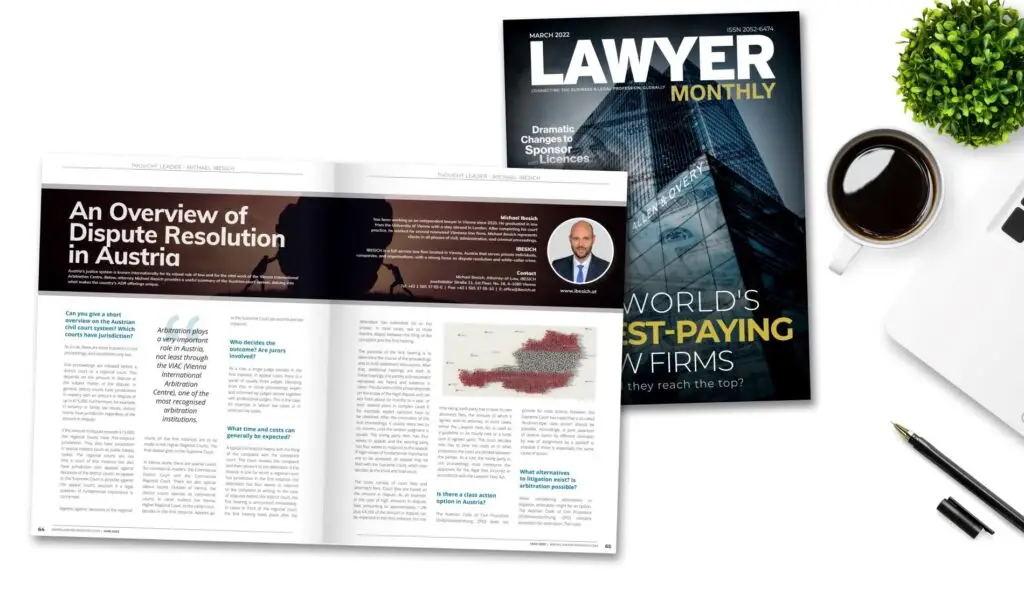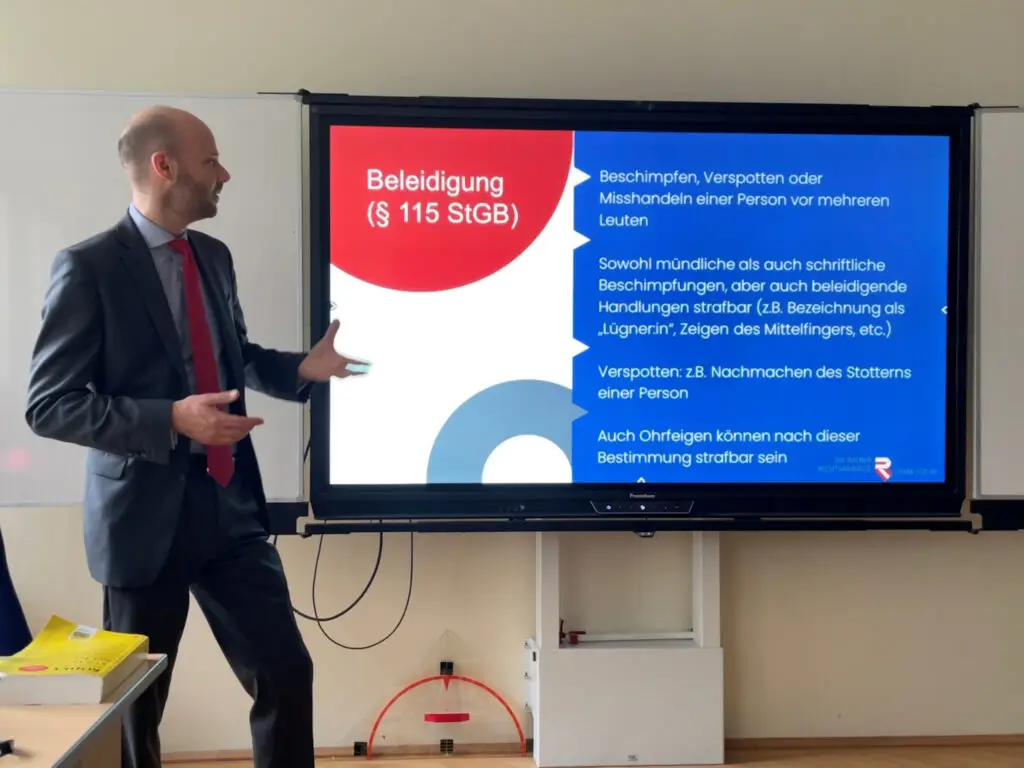As in contentious proceedings, the ordinary courts also rule on non-contentious matters. There are therefore no separate non-contentious courts. The procedure for appeals is also unchanged from that in contentious proceedings.
As a rule, the district courts have jurisdiction in the first instance. Only if the legislator exceptionally determines otherwise, the regional court has jurisdiction. In principle, professional judges always rule as single judges.
The special feature here is that so-called Rechtspfleger (judicial officers) often decide at first instance. These are specially trained federal employees who are not judges in the true sense of the word. These qualified judicial officers can be entrusted with certain first-instance matters. In general, the Rechtspfleger play a very important role in non-contentious proceedings. In doing so, they are bound by the instructions of the competent judge. Decisions of the Rechtspfleger can be appealed, just like those of the judge.
In the second instance, with some exceptions, the decision is made in a senate consisting of three professional judges. In the final instance, the Supreme Court decides in simple senates consisting of five professional judges, although in exceptional cases senates of three or enlarged senates consisting of eleven judges may be formed.







